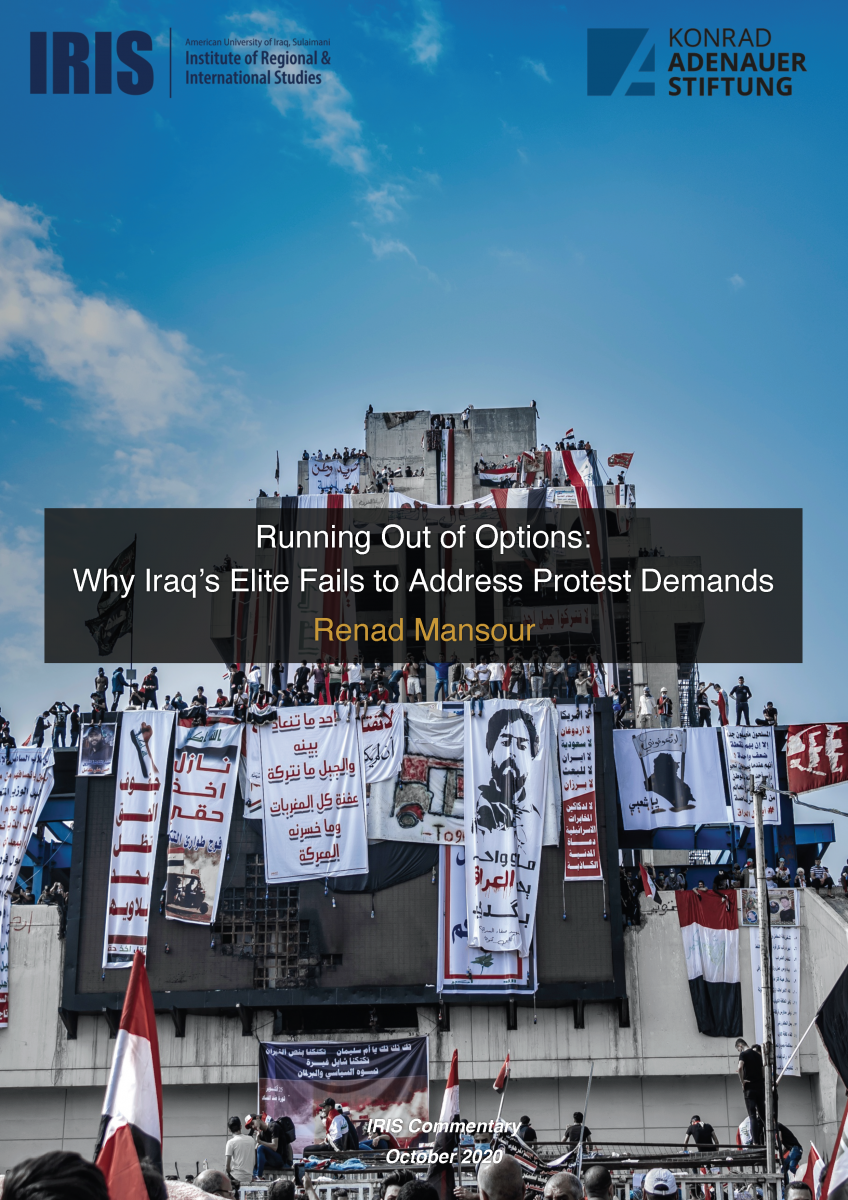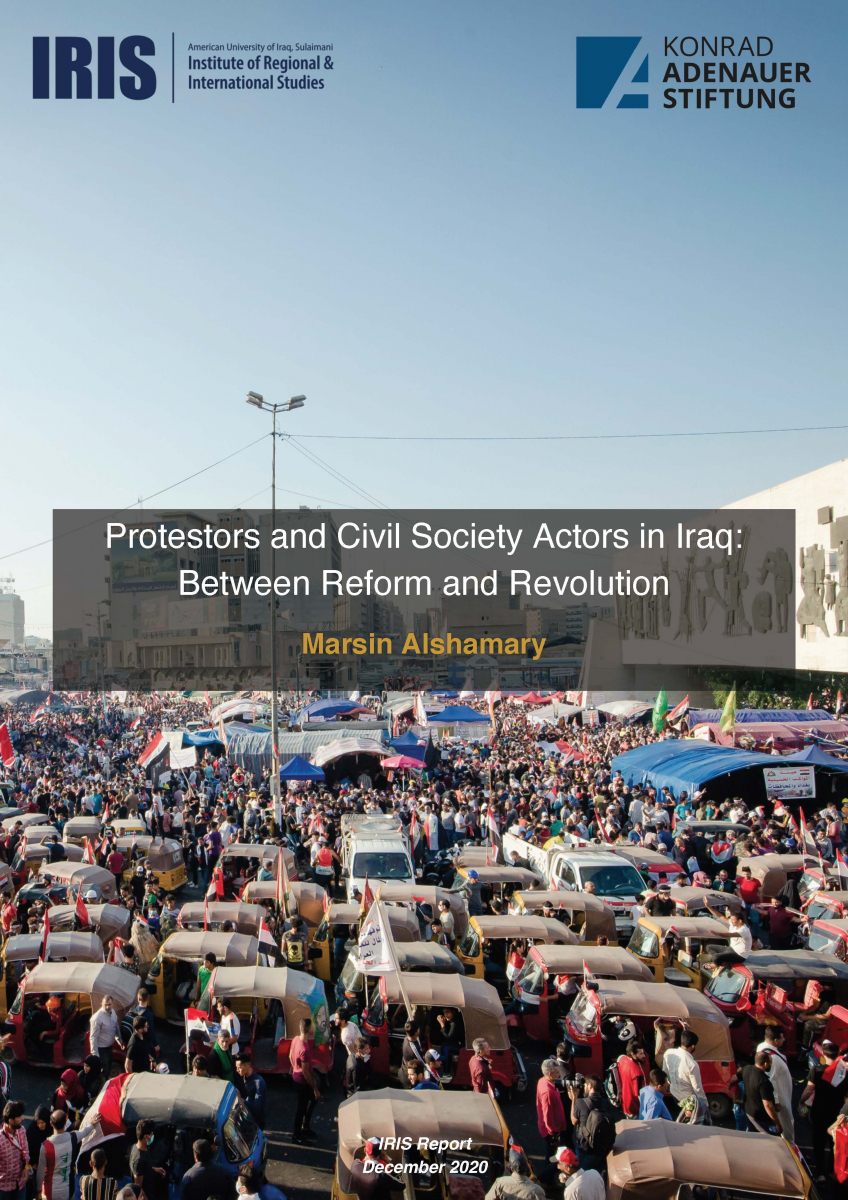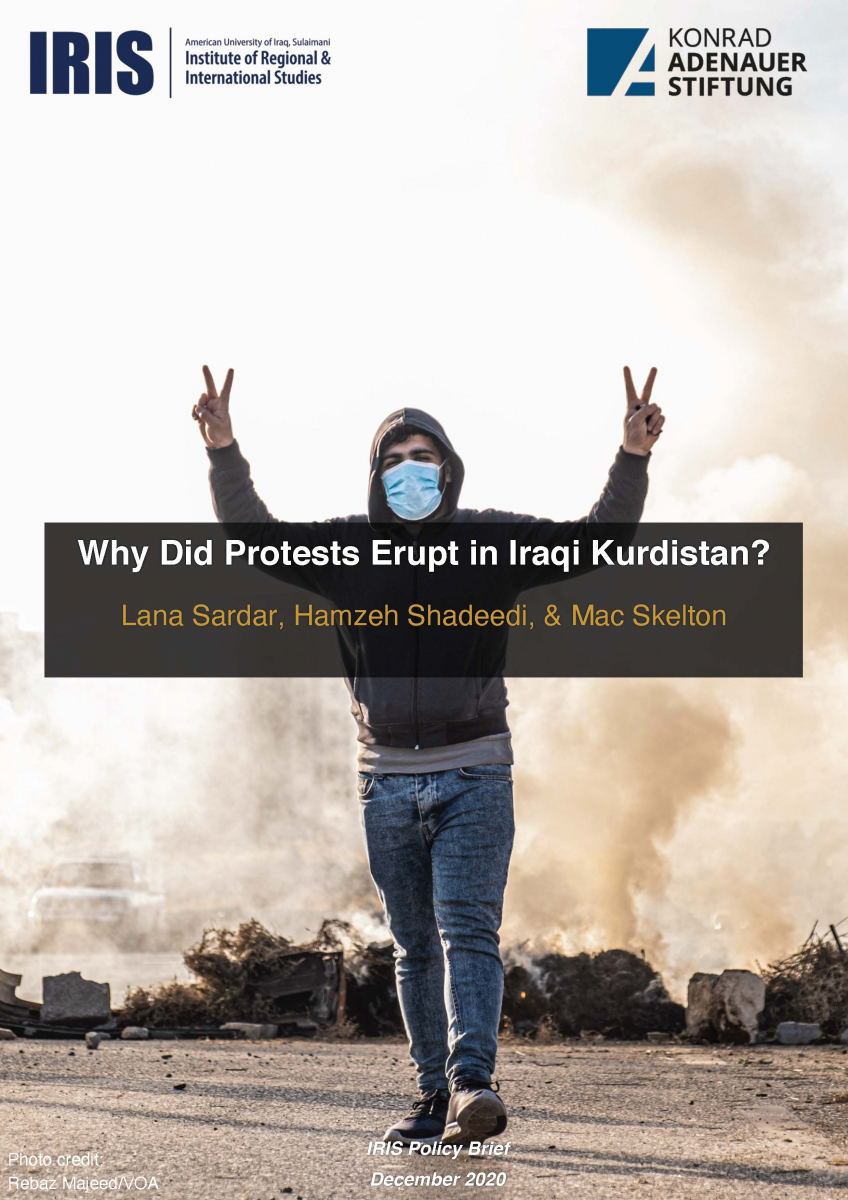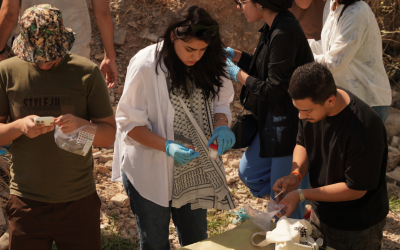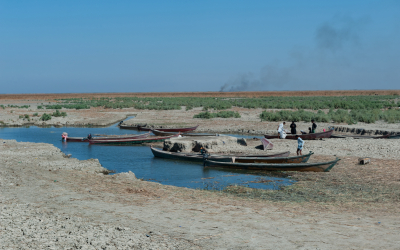The mass demonstrations between October 2019 and the present and the violent response of the Iraqi government have placed Iraq's civil society into the foreground of national policy conversations. This turn towards recognizing civil society as a potential political force runs counter to the trends in place since 2003. For years, pervasive insecurity minimized the influence of actors operating outside the confines of government institutions and elites. It was not until the protests of 2015 and subsequently 2018 that analysts started to speculate about the potential for a new phase in Iraq's civil society relevance in governance. Given the widespread appeal and durability of the mass demonstrations of 2019 and 2020, this project aims to understand the networks and resources - locally, regionally and internationally -which have enabled the protestors and their allied local organizations to coalesce into an effective and potent political force. The expansiveness of the protests of 2019 and 2020 across Baghdad and several southern provinces has indicated that the movement is not limited to a particular region or province. Networks among protestors, activists, NGOs, and media organizations extend across the country.
This project aims to map out these emerging networks in Iraq, examining the leadership, ideologies, and objectives of the movement. Rather than limiting the scope of the investigation to civil society organizations that are well-known and well-funded by the international community, the research will pay particular attention to the lesser known organizations across the country which may lack formal registration but nonetheless participate in advocating for greater political participation as well as human rights. Moreover, the project investigates the role of regional actors and the international community in engaging with civil society members of the protest movement.
Outputs
For more information contact: [email protected]


